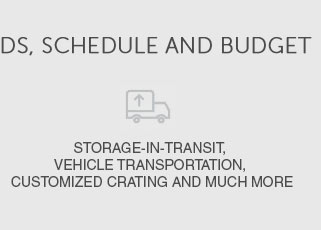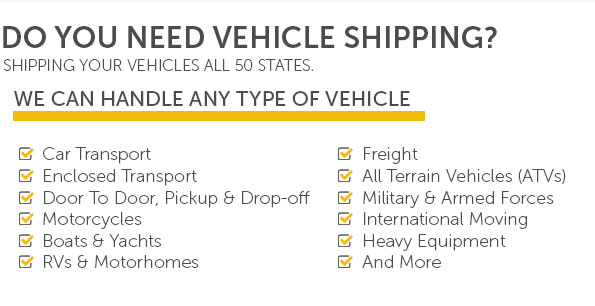 |
 |
|||
 |
 |
 |
 |
 |
 |
 |
 |
 |
 |
 |
 |
how to ship a motorcycle cross country the smart wayDecide on a methodMoving a bike thousands of miles comes down to balancing price, protection, and convenience. Common options include crated shipping, palletized with soft ties, and open or enclosed carriers. DIY trailers can look cheap, but a specialized motorcycle transporter usually prevents damage and saves time. Prep the motorcycleClean it, document current condition, note mileage, then reduce fuel to a quarter tank. Remove accessories, fold mirrors, and disconnect alarms; some carriers ask you to pull the battery or cap fluids. Keep a spare key and the title handy.
Costs and timingExpect rates to vary with distance, season, and rural access; enclosed service costs more but adds protection. Book early to avoid peak surcharges. Insurance and paperworkConfirm coverage, deductibles, and declared value. Keep copies of the bill of lading, ID, and any lienholder approvals.
|